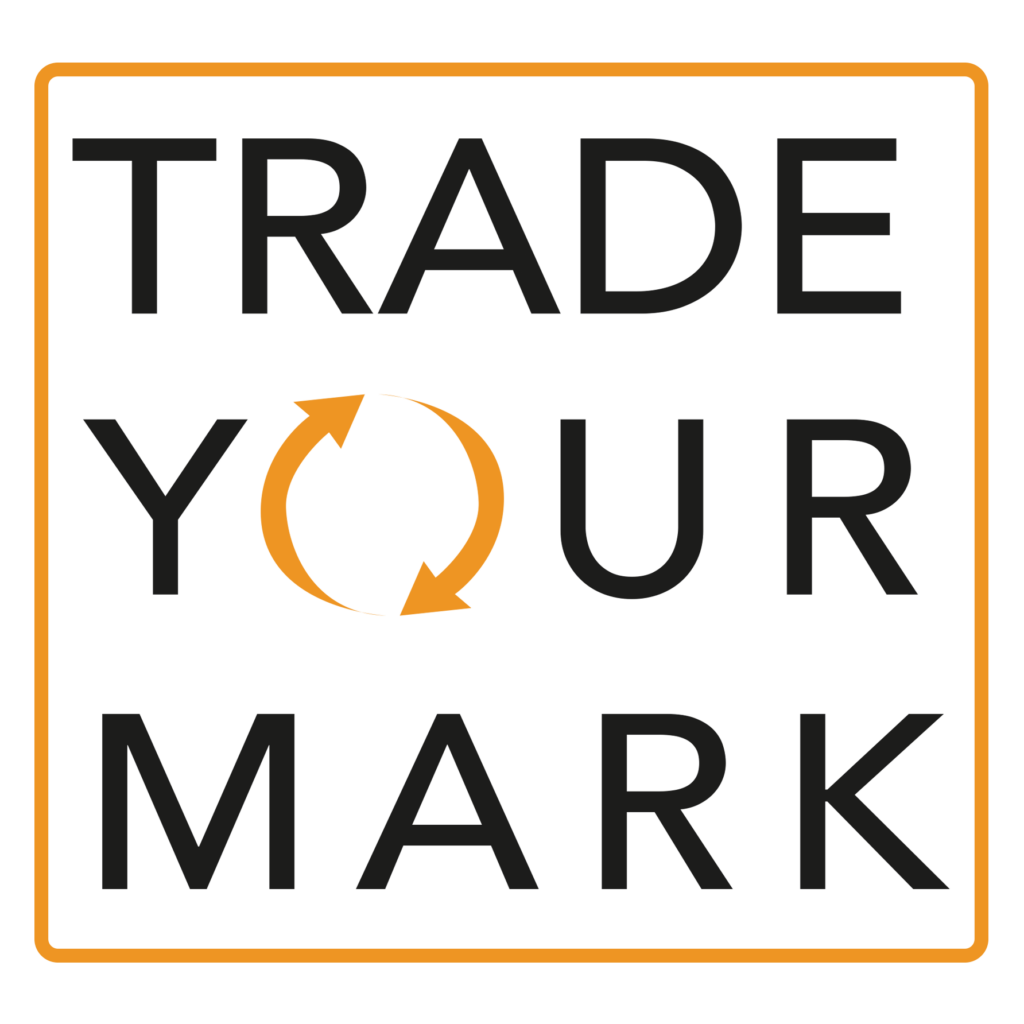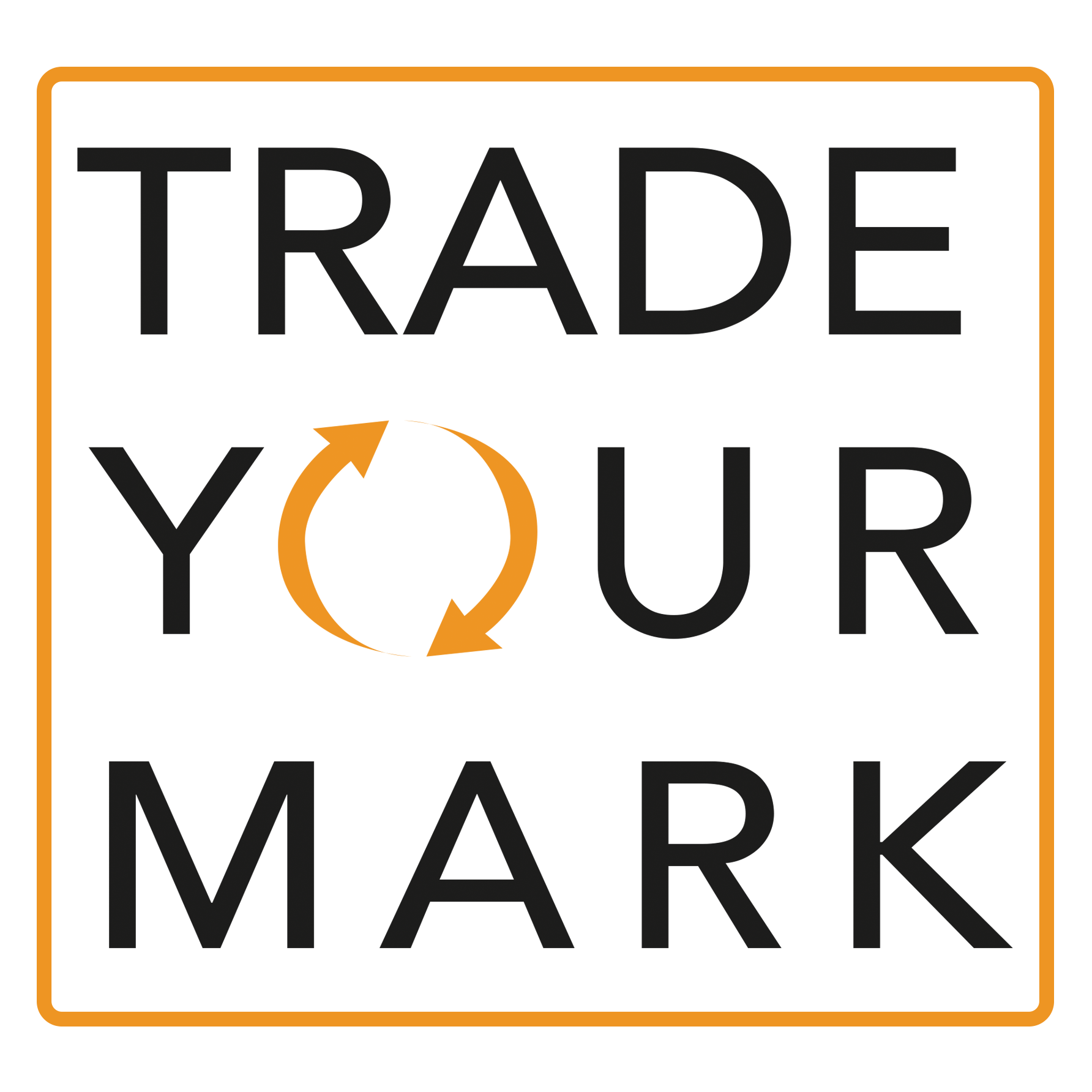For several decades Ed Morgan has spent most of his time valuing insurance companies in M&A transactions, both helping sellers get the highest price for their companies and buyers to challenge the robustness of the value put on a target. He has also developed some new valuation techniques to reflect changes in insurance regulation. As part of his new role with TradeYourMark, he is looking at how brands are valued when trademarks change ownership.
Like in insurance, understanding value and what drives it is key to buyers and sellers alike. Superficially a brand and an insurance company seem very different animals, but the principles involved in valuing them are surprisingly not that different. ISO, the International Organisation for Standardisation publish a standard for brand valuation (ISO 10668) whereas there are various valuation standards for insurance companies like the CFO Forum´s Market Consistent Embedded Value and European Embedded Value standards.
Here are a few key similarities and differences between valuing brands and insurance companies and a few lessons which can be learnt.
Similarities
- The basic methodologies applied are in both cases based on discounted cash flows
- The determination of the appropriate discount rate is therefore crucial – and that is a whole other topic in itself.
- The way to model cashflows may be different, but their dependence on assumptions can be very important in both cases. Often the most important job is not the mechanics of projecting cashflows, but how those assumptions are determined.
- In both cases, properly disclosure on methodology, data and assumptions is important as is carrying out sensitivity analyses to key parameters.
Differences
- Insurance is a highly regulated industry and distributable cashflows will depend not just on cash in and out of the company, but also on the reserves which have to be held against future liabilities and the capital requirements. Such issues generally do not arise in valuing brands.
- Modelling cashflows in insurance can seem more certain given their dependence on a certain portfolio of in-force insurance contracts and their terms and conditions.
Lessons which can be learned for brand valuation
As well as the importance of determining assumptions, how risk is allowed for in valuation is a key issue. ISO 10668 requires a valuer to consider Behavioural and Legal aspects such as risks of cancellation and the ability and willingness of an owner to enforce legal rights. But it does not provide any explicit guidance on how to reflect such considerations in the monetary value assigned to a brand. Insurance practice gives various clues on possible ways in which that could be done.
A final similarity which seems obvious, but is sometimes forgotten. People who need or want to buy or sell any asset, whether it be a brand, an insurance company, a Picasso or a kilo of potatoes will be at the mercy of market forces. It is pointless of a seller to cling to an unrealistic view of value, if there are simply not any buyers out there who want to pay that price. Understanding the actors involved and good negotiation skills may ultimately be just as important as sophisticated valuations.

